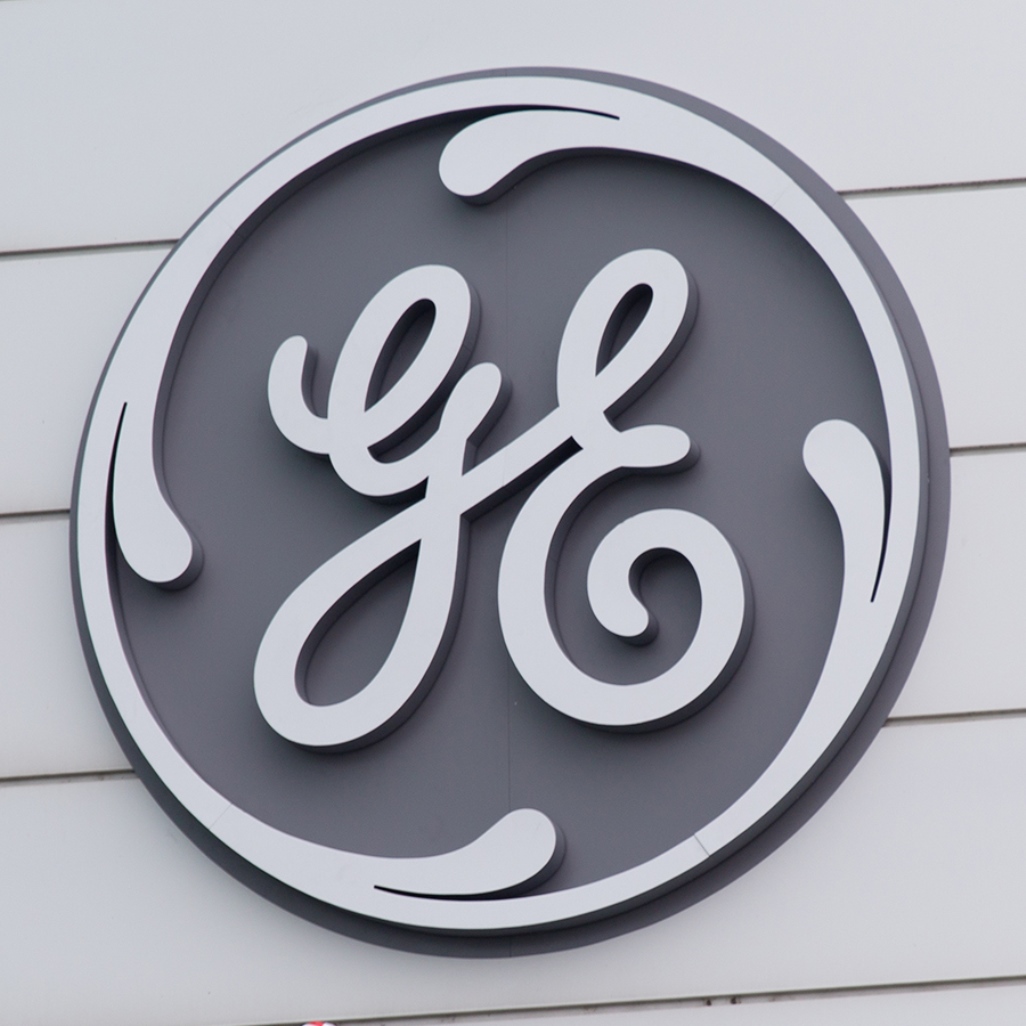Industrials
After the Dow Boots General Electric, Why the Breakup Case for GE Looks Stronger

Published:
Last Updated:

Being a member of the esteemed Dow Jones industrial average index is supposed to come with prestige. After all, there are only 30 companies at a time that can actually be a Dow stock. These companies are supposed to represent a major portion of the industrial business climate or to dominate a major component of the economy in America.
General Electric Co. (NYSE: GE) has been the longest lasting member of the Dow’s original components, but now the prior rumors and ponderings about GE being ejected from the Dow have finally come true. GE is being replaced by Walgreens Boots Alliance Inc. (NASDAQ: WBA) effective prior to the open of trading on Tuesday, June 26.
It is no secret that GE has been troubled for quite some time. After too many acquisitions and divestitures to easily count, and selling for low prices while paying high prices, General Electric has lost its way. To many investors, it may now look and feel more like “General Eclectic.”
After a very rough start in 2017, new CEO John Flannery is probably now more likely than ever to seek a full breakup of GE. He has said that all options are on the table, and if GE is no longer representative of the U.S. economy, then there is no reason to keep this amalgamated group of companies together as a conglomerate. The possibility of a breakup certainly would come as a blow to its employees, investors and creditors, and it would certainly come with a slew of trouble. Still, Flannery is in a position in which the outright separation of several businesses may be his only way now to truly create change in GE.
The reality is that, even considering GE’s endless problems, GE still has some wonderful businesses right now, and some might be great businesses in different business climates in the years ahead. Just some of GE’s top businesses are GE Aviation, GE Capital, GE Digital, GE Healthcare, GE Lighting, GE Power, GE Renewable Energy, GE Transportation and also Baker Hughes, a GE company (NYSE: BHGE). Breaking these apart would be no simple task, particularly when it comes to assigning which levels of GE’s debt would be assigned to which units and whether creditors would fight to prevent such a drastic move.
As far as why GE was dropped from the Dow, outside of incredibly dismal share performance and endless problems, David Blitzer, managing director and chair of the index committee at S&P Dow Jones Indices, said:
Since then the U.S. economy has changed: consumer, finance, health care and technology companies are more prominent today and the relative importance of industrial companies is less. Walgreens is a national retail drug store chain offering prescription and non-prescription drugs, related health services and general goods. With its addition, the DJIA will be more representative of the consumer and health care sectors of the U.S. economy. Today’s change to the DJIA will make the index a better measure of the economy and the stock market.
That is far from a ringing endorsement and seems far from optimistic about GE’s future in its current form.
As a reminder, it has become almost impossible for a standalone move in GE shares to move the Dow up or down very much on its own. Given that it is a price-weighted index, GE’s incredibly low share price meant that it accounted for a weight in the index of less than 0.5 percentage points. Walgreens’ share price is several times higher than GE’s, so its share price moves will contribute more meaningfully to the Dow’s daily changes and changes through time. S&P Indices also said that Walgreens will help the index better represent the U.S. market and economy.
Here are just some of the basic statistics to consider before thinking a breakup of GE would be simple to execute:
It seems much more feasible and likely that the current conglomerate structure of General Electric will transform into independent companies in the future. That said, it may take several years or even the better part of a decade before that breakup could be effected. GE has shed so many assets, from GE Capital and NBC Universal to other units, that some of the breakup work already has been done for it. And it now even seems a wonder if Flannery would feel honored to live up to not exiting the Baker Hughes majority stake earlier than has been telegraphed if an outright breakup were to unfold.
Walgreens shares closed up 0.7% at $64.61 on Tuesday, and the shares were up 3.3% more at $66.79 in the after-hours after the news broke. GE shares closed down 1.8% at $12.95 on Tuesday and were 2.7% lower to $12.60 in Wednesday’s premarket.
Want retirement to come a few years earlier than you’d planned? Or are you ready to retire now, but want an extra set of eyes on your finances?
Now you can speak with up to 3 financial experts in your area for FREE. By simply clicking here you can begin to match with financial professionals who can help you build your plan to retire early. And the best part? The first conversation with them is free.
Click here to match with up to 3 financial pros who would be excited to help you make financial decisions.
Thank you for reading! Have some feedback for us?
Contact the 24/7 Wall St. editorial team.